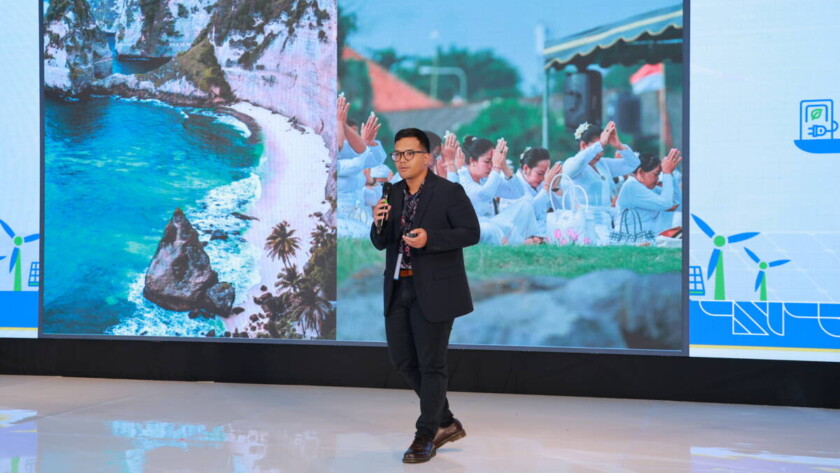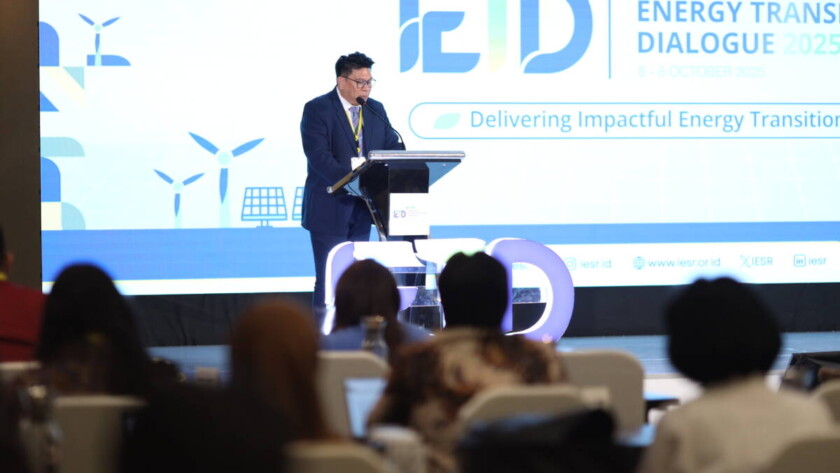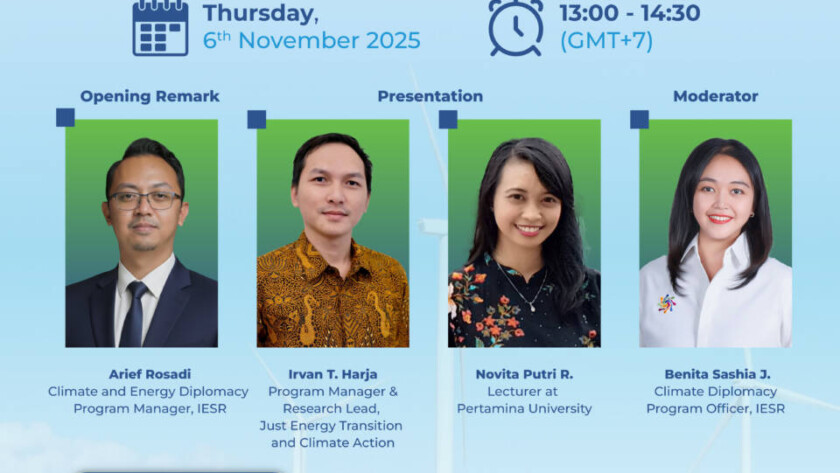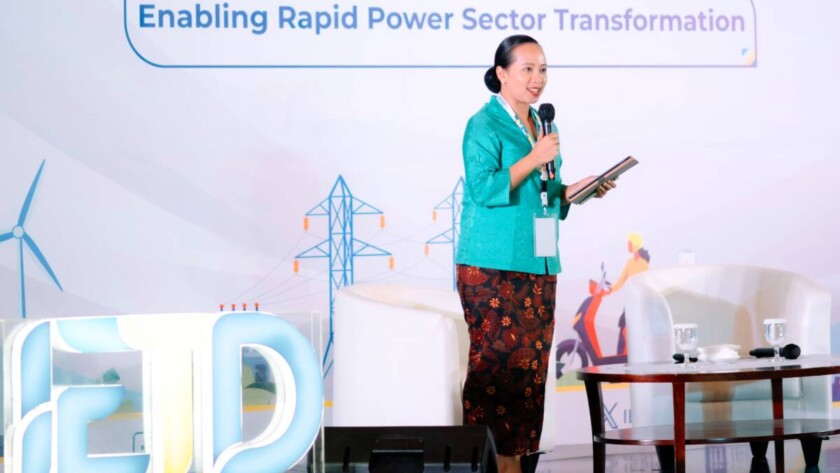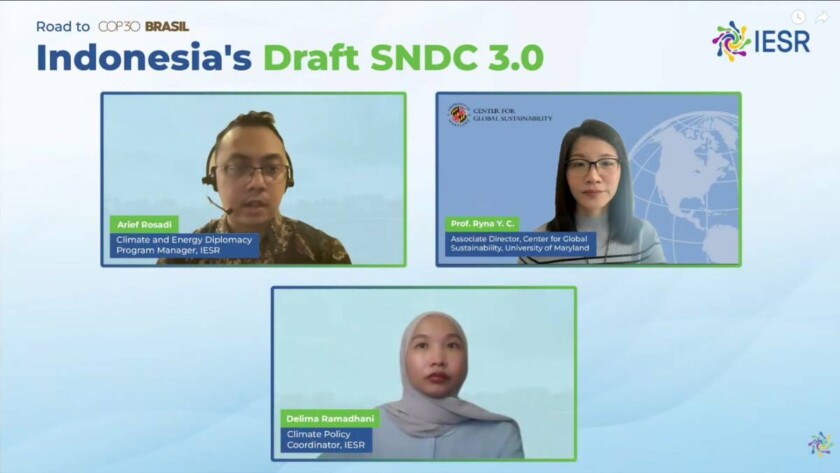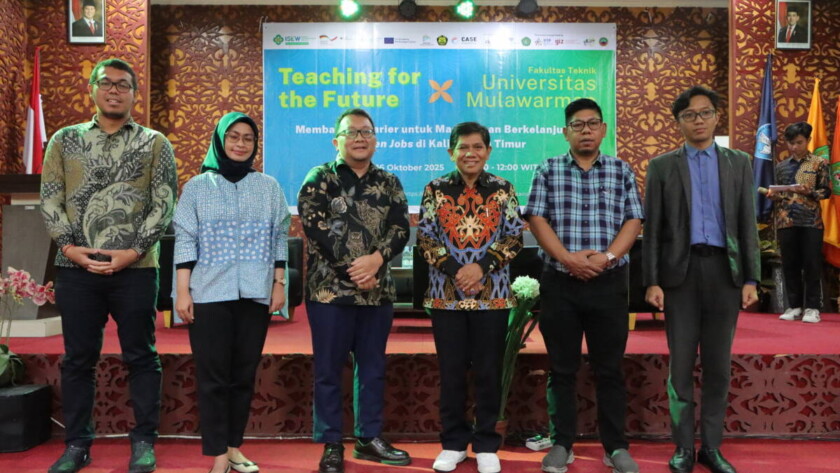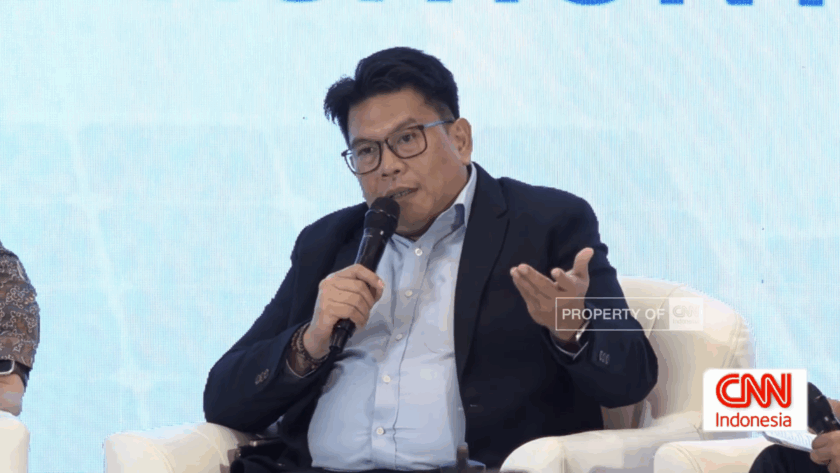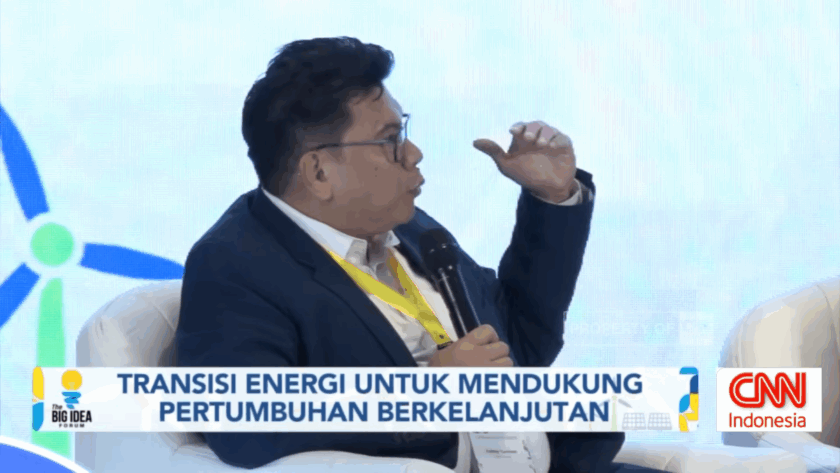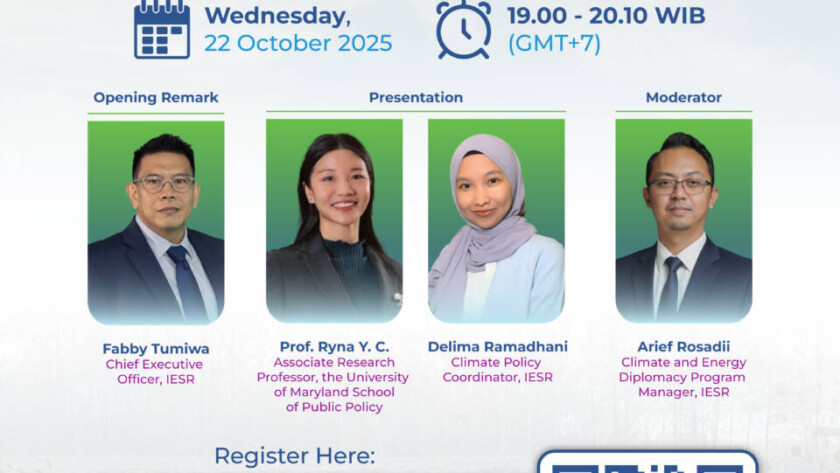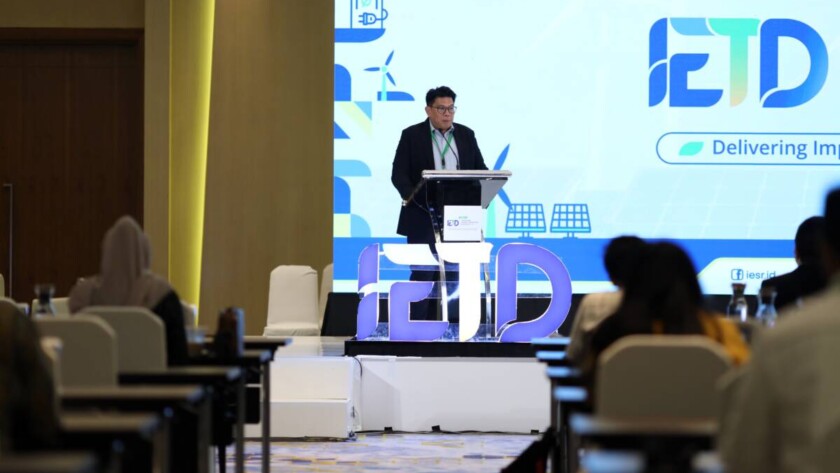Jakarta, October 29, 2025 – Bali has long been a tourist icon. Beyond its natural charm, Bali has also played a role in climate action by serving as a stage when Indonesia hosted global climate summits such as COP13 in 2007 and the G20 in 2022. These summits laid the foundation for Indonesia's climate commitments,…
